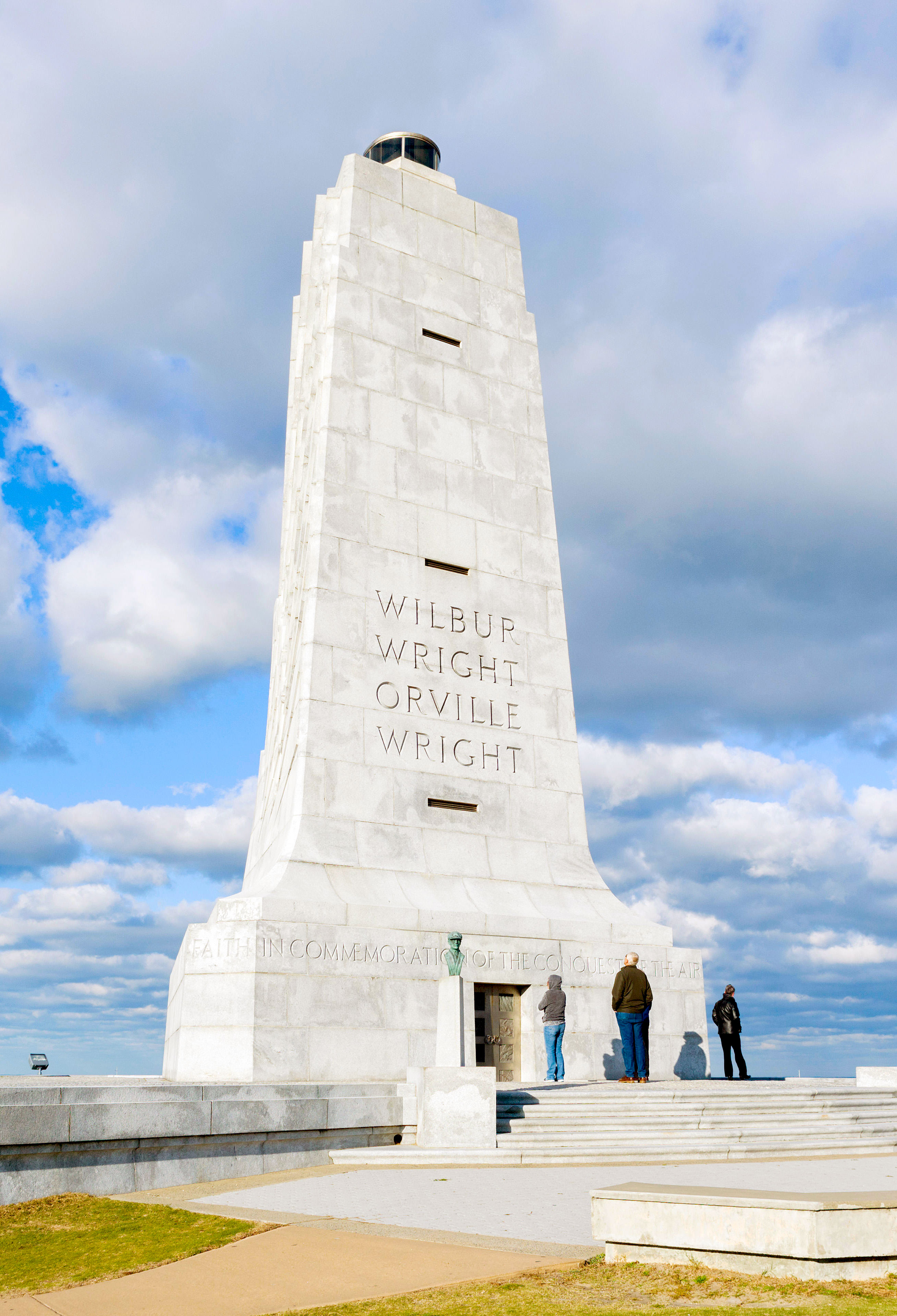The Southern U.S. has a unique and unmistakable identity, with distinctive customs, musical styles, and varied cuisine. That’s also true of the region’s rich and interesting history, marked by early European colonial settlements, the Civil War, and the institution of slavery. The region’s intriguing and often complicated past can be explored in many ways, but these seven historical monuments are some of the best you’ll find in the South.
Castillo de San Marcos National Monument – St. Augustine, Florida
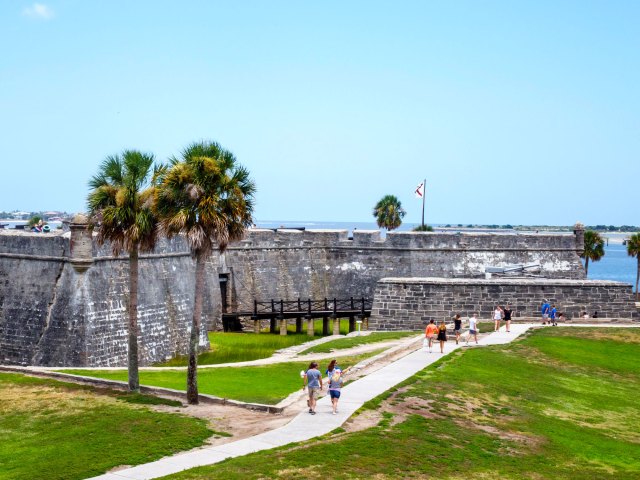
Castillo de San Marcos was built by the Spanish between 1672 and 1695 to protect St. Augustine, the oldest permanent European settlement in the U.S. As the oldest masonry fort in the continental U.S., it also played a key role in the Civil and Spanish-American Wars and was used as a military prison. Made from coquina shells quarried nearby, some of its ocean-facing walls are 19 feet thick, which helped to protect the fort against cannon firing. In 1924, the site was declared a national monument.
Today, visitors can climb the 50 steps to the fort’s upper level for a magnificent view of historic St. Augustine and Matanzas Bay, as well as get a look inside the Bell Tower and Sentry Box. From the lower level barracks, visitors can see the prison, sleeping quarters, storage rooms, and chapel. Historic weapon demonstrations given by volunteers and staff dressed as British and Spanish soldiers take place several times a day on the top deck of the fort.
The Alamo – San Antonio, Texas
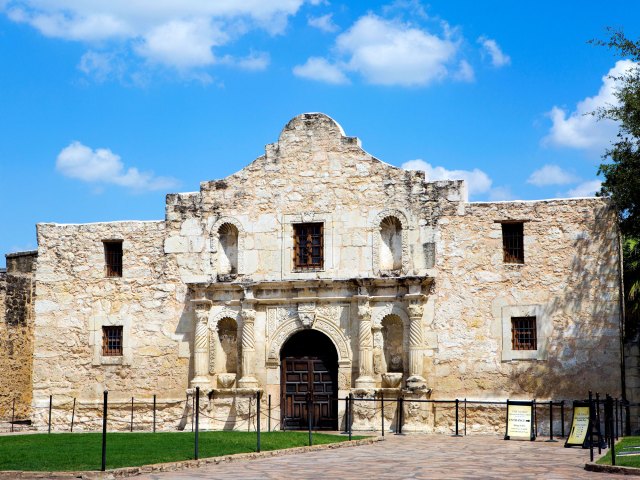
One of the first Spanish missions built in Texas in 1716, the Alamo attracts more than 2.5 million visitors each year. It was originally constructed as a learning center to re-educate Native Americans after their conversion to Catholicism, but it’s best known for the 1836 Battle of the Alamo — where Mexican forces surrendered to the Texan Army during the Texas Revolution. Some of the most famous figures to defend the Alamo included Davy Crockett, James Bowie, and William B. Travis, who were joined by around 200 others.
While many of the Alamo’s original buildings are no longer standing, the Long Barrack has managed to survive as the oldest structure on the site, dating back to its origins as the Mission San Antonio de Valero. Today, it houses a museum that details the history of Texas with a variety of interesting artifacts. The central element of the complex is the mission church, with its instantly recognizable colonial façade. One of the most photographed monuments in Texas, the two-story building is where most members of the Texan garrison withdrew during the infamous battle, and where they made their final heroic last stand.
Fort Sumter National Monument – Charleston, South Carolina
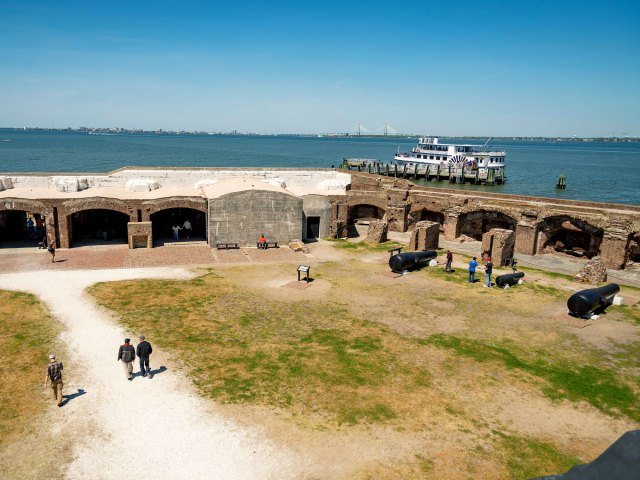
Part of Fort Sumter and Fort Moultrie National Historical Park, Fort Sumter was built in 1812 on an artificial island in the middle of Charleston Harbor to protect the city from invaders. The sea fort is best known as the site of the first shots of the Civil War. On April 12, 1861, Confederate forces first fired upon Federal troops, and less than 34 hours later, the Union forces surrendered.
Visitors to the fort today arrive via ferry, departing from the Fort Sumter Visitor Center at Liberty Square on Gadsden’s Wharf in downtown Charleston. The park rangers offer 10-minute programs detailing the fort’s role in American history. Those who arrive on the first ferry can assist them in raising the U.S. flag over the fort and those on the last ferry leaving can help lower the flag and fold the colors.
Vicksburg National Military Park – Vicksburg, Mississippi
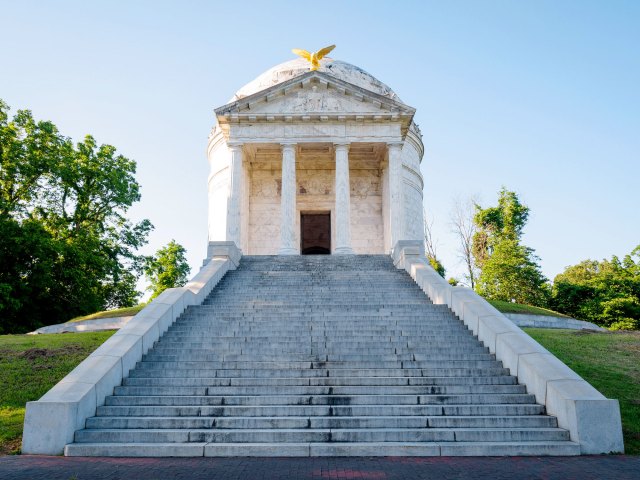
Vicksburg National Military Park commemorates the Battle of Vicksburg and the soldiers who gave their lives during this pivotal event of the Civil War. Following a 47-day siege, General John C. Pemberton surrendered the city on July 4, 1863, giving the Union control of the Mississippi River. It was a critical supply line and part of the Union’s successful plan to cut off all trade to the Confederacy.
Today, the national military park includes the Vicksburg National Cemetery, where 18,000 soldiers are buried (two-thirds of which have never been identified), along with more than 1,300 historical markers and monuments. An outdoor display includes a cannon and fortification exhibit, while the visitor center plays a short film on the park’s history.
Oak Alley Plantation – Vacherie, Louisiana
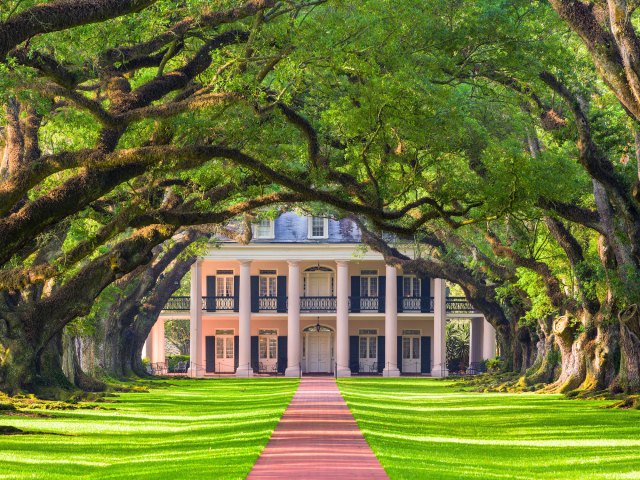
Located outside of New Orleans, Oak Alley Plantation is named for its quarter-mile-long entrance that features a magnificent canopy of 28 centuries-old oak trees, each named after the plantation’s various owners. Many come just to capture a photo of the picturesque alley, but there’s also a restored historic plantation home, the quarters used for the plantation’s enslaved peoples, a sugar mill, barns, and 1,200 acres of farmland to explore.
Visitors can experience the National Historic Landmark via a tour, led by guides in period dress. The Greek Revival mansion was built in 1837 in a perfect square with a colonnade of 28 Doric columns on all four sides, corresponding to the alley’s 28 trees. The tours detail the tragic stories of the many men and women who were forced into slavery on the plantation.
Old Fort Jackson – Savannah, Georgia
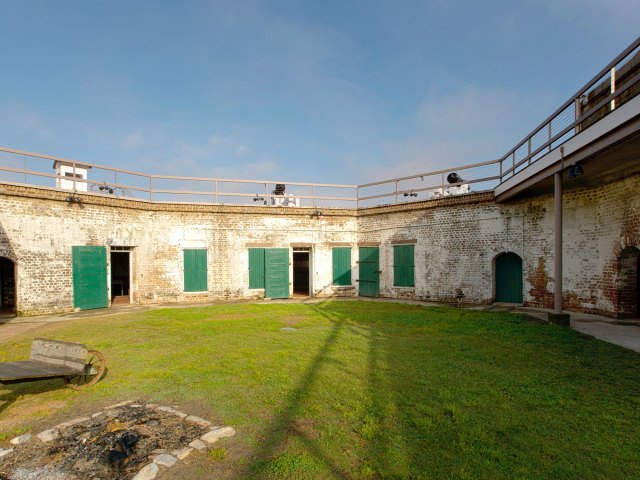
Savannah is one of the most picturesque and historic cities in the South. That is particularly evident in the city’s Old Fort Jackson, a National Historic Landmark and the oldest surviving brick fortification in Georgia. Set along the Savannah River, the fort was built in 1808 and helped protect the city during the War of 1812. It was also used as a Confederate headquarters during the Civil War for local defense.
Visitors can witness cannon firings twice daily (at 10 a.m. and 2 p.m.) in the spring and summer months. Two powder magazines and most of the casemates are open to the public, containing displays of tools and weapons used at the fort, along with artifacts from the CSS Georgia, a Confederate ship that now lies at the river bottom just a few hundred feet away. Tours with guides dressed in traditional period garb revealing the stories of soldiers who fought at this historic site.
Wright Brothers National Memorial – Kill Devil Hills, North Carolina

In the early 1900s, these sand dunes along the Atlantic — in what is now the town of Kill Devil Hills — attracted the attention of Orville and Wilbur Wright. With some of the dunes reaching over 100 feet in height and the winds typically remaining steady, it was an ideal spot for the famous brothers to experiment with their gliders. After flying the gliders, the pair built the Wright Flyer, a powered plane, and on December 17, 1903, Orville created aviation history with its first flight. In 1932, the Wright Brothers National Memorial was officially dedicated, drawing a thousand spectators, including Orville and Wilbur themselves.
In addition to the granite monument, today’s visitors can also see a sculpture that was dedicated in 2003. Made of bronze and steel, it reenacts the historic first flight, with Orville piloting as Wilbur runs alongside while the witnesses who assisted are cheering them on.
More from our network
Daily Passport is part of Inbox Studio, which publishes content that uplifts, informs, and inspires.






